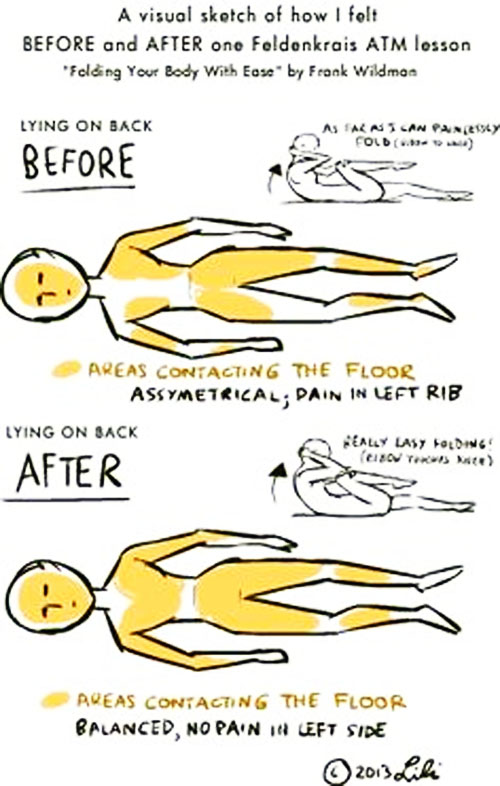1.”One does not become enlightened by imagining figures of light but by making the darkness conscious.”
2. “Don’t hold on to someone who’s leaving, otherwise you won’t meet the one who’s coming.”
3. “Until you make the unconscious conscious, it will direct your life and you will call it fate.”
4. “Everything that irritates us about others can lead us to an understanding of ourselves.”
5. “The meeting of two personalities is like the contact of two chemical substances: if there is any reaction, both are transformed.”
6. “I am not what happened to me, I am what I choose to become.”
7. “Knowing your own darkness is the best method for dealing with the darknesses of other people.”
8. “If you are a gifted person, it doesn’t mean that you gained something. It means you have something to give back.”
9. “Mistakes are, after all, the foundations of truth, and if a man does not know what a thing is, it is at least an increase in knowledge if he knows what it is not.”
10. “Your visions will become clear only when you can look into your own heart. Who looks outside, dreams; who looks inside, awakes.”
11. “People will do anything, no matter how absurd, to avoid facing their own souls.”
12. “Loneliness does not come from having no people around, but from being unable to communicate the things that seem important to oneself, or from holding certain views which others find inadmissible.”
13. “Depression is like a woman in black. If she turns up, don’t shoo her away. Invite her in, offer her a seat, treat her like a guest and listen to what she wants to say.”
14. “A man who has not passed through the inferno of his passions has never overcome them.”
15. “Your perception will become clear only when you can look into your soul.”
16. “I am not what happened to me, I am what I choose to become.”
17. “What you resist, persists.”
18. “A dream is a small hidden door in the deepest and most intimate sanctum of the soul, which opens up to that primeval cosmic night that was the soul, long before there was the conscious ego.”
19. “We may think that we fully control ourselves. However, a friend can easily reveal something about us that we have absolutely no idea about.”
20. “Everything about other people that doesn’t satisfy us helps us to better understand ourselves.”
Sources:
Quotes
2. http://www.cgjungpage.org/






